
-
Find the right food for your petTake this quiz to see which food may be the best for your furry friend.Find the right food for your petTake this quiz to see which food may be the best for your furry friend.Health CategoryFeatured products
 Adult Small Bites Chicken & Barley Recipe Dog Food
Adult Small Bites Chicken & Barley Recipe Dog FoodSupports lean muscle for dogs who prefer smaller kibble
Shop Now Adult Oral Care Small & Mini Chicken, Rice & Barley Recipe Dog Food
Adult Oral Care Small & Mini Chicken, Rice & Barley Recipe Dog FoodClinically proven kibble technology to reduce plaque & tartar build-up, specially designed for small & mini dogs
Shop Now Adult 7+ Small Bites Chicken Meal, Barley & Rice Recipe Dog Food
Adult 7+ Small Bites Chicken Meal, Barley & Rice Recipe Dog FoodSupports energy level and beautiful coat in mature dogs who prefer smaller kibble
Shop NowFeatured products Sensitive Stomach & Skin Chicken & Beef Dinner
Sensitive Stomach & Skin Chicken & Beef DinnerGourmet daily nutrition, carefully made. Tasty chunks with chicken & beef in a decadent gravy. Supports digestive health, nourishes skin and promotes a lustrous fur.
Shop Now Adult Chicken & Spinach Casserole Cat Food
Adult Chicken & Spinach Casserole Cat FoodWith delicious chunks in a decadent gravy
Shop Now Adult 7+ Tender Tuna Dinner Cat Food
Adult 7+ Tender Tuna Dinner Cat FoodWith delicious chunks in a decadent gravy
Shop Now -
DogCat
- Cat Tips & Articles
-
Health Category
- Weight
- Skin & Food Sensitivities
- Urinary
- Digestive
- Kidney
- Dental
- Serious Illness
-
Life Stage
- Kitten Nutrition
- Adult Nutrition
Featured articlesHill's Australian Bushfire EffortsRead More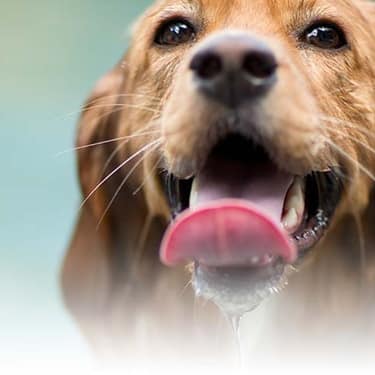 Water
WaterWater is the most important nutrient of all and essential for life. Animals can lose almost all their fat and half their protein and still survive, but if they lose 15% of their water, it will mean death.
Read More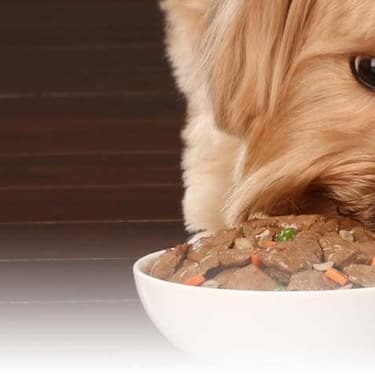 Pet Food Storage Tips
Pet Food Storage TipsWhere you store your cat and dog food can make a big difference in the quality and freshness once it is opened. Here are some common questions and recommendations for optimal storage for all of Hill’s dry and canned cat and dog food.
Read More -


Nothing feels more like summer than enjoying an ice cream cone. Unfortunately, that means there is a good chance you could experience the dreaded brain freeze, a temporary headache caused by eating cold foods too quickly. The prevalence of the sensation begs the question, "can dogs get brain freeze, too?" Dogs getting brain freeze may not be scientifically proven (yet), but there are a few signs to look for that could signal that your dog is experiencing tingling of his nerves or sharp pains in the head area. Don't worry — there are ways to let your pup enjoy a nice, cold summer treat without worrying about the brain freeze!
What Brain Freeze in Dogs Might Look Like
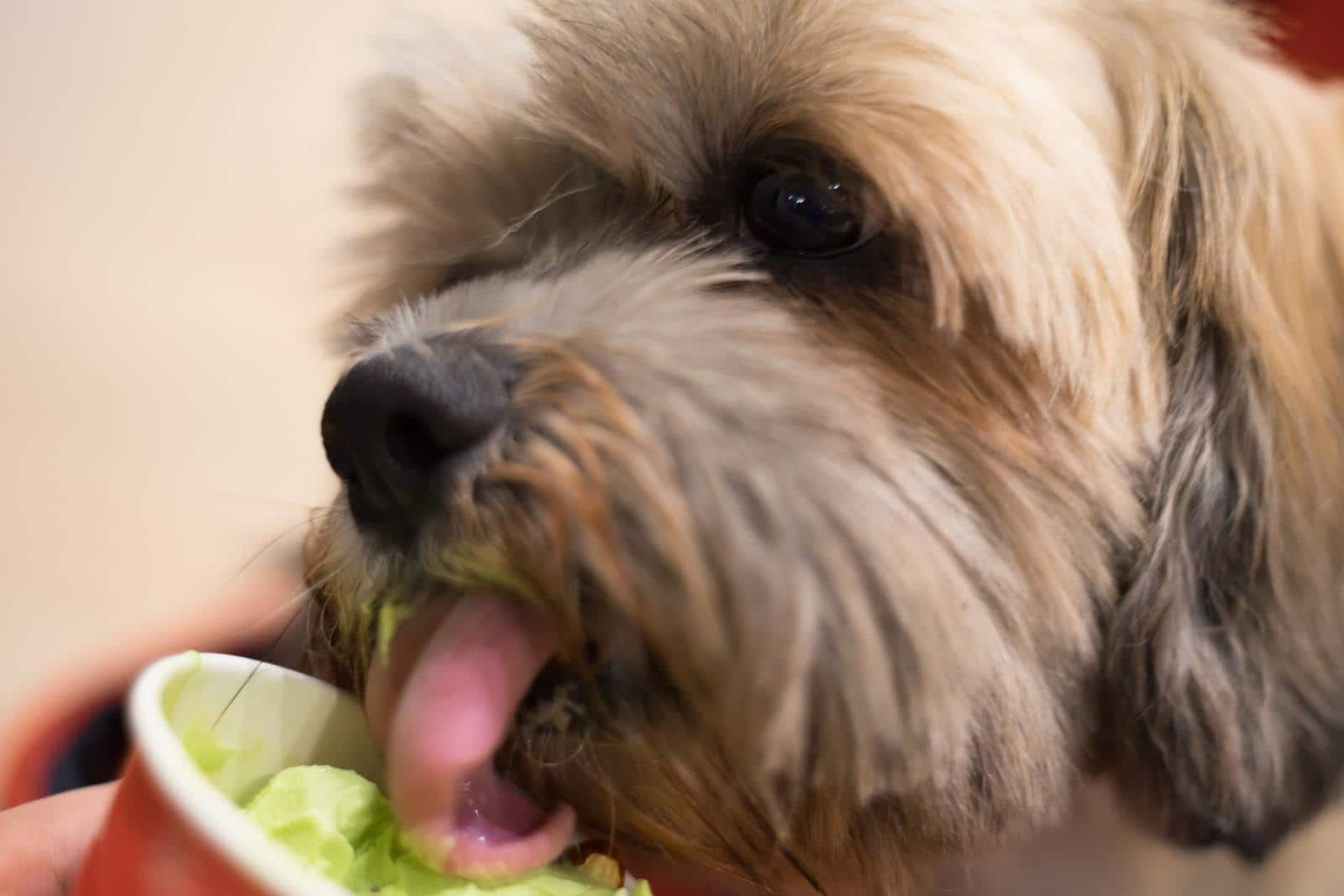
All over the internet you can find videos of cats, dogs and even otters seemingly experiencing brain freeze headaches. Their eyes widen, sometimes they open their mouths wide, making them look surprised. Since humans and dogs are mammals, it's not unreasonable to consider that these furry friends, just like humans, might experience brain freeze when enjoying a cold treat. Speaking to PetMD, Dr. Zachary Glantz, VMD notes, "A brain freeze in humans is technically called a sphenopalatine ganglioneuralgia, which essentially means 'pain of the sphenopalatine nerve.' It occurs when one of the blood vessels in the mouth or throat is cooled rapidly by something in the mouth (e.g., ice cream) which causes some dilation of blood vessels, which is perceived as pain." Humans, unlike other mammals, have higher cognitive functioning and know to eat cold treats at a slower rate or to stop and take a break if they get brain freeze. Dogs and other mammals may not know what is causing the pain and tingling in their nerves, and therefore may need humans to intervene and help put a stop to the brain freeze.


Tasty Tips
Putting a Freeze on the Brain Freeze
In the summertime, dogs get hot and do enjoy special treats to cool down. Although traditional ice cream is not recommended for dogs, there are many other acceptable frozen treats made specifically for dogs. (Love That Pet shares a recipe for homemade strawberry and banana ice cream.) However, dogs often eat very quickly, and it is likely they could get the brain freeze sensation. One way to prevent the possible reaction and tingling of nerves is to dole the snack in small pieces rather than giving him the entire thing at once. You can also mix traditional treats with frozen treats to help minimize some of the extreme chill. Petting your dog and massaging his head may also help relieve the excessive tingling.
Also, consider the temperature for which you serve your dog his water. Sometimes in the summer, it is nice to help cool it down with a couple of ice cubes, but the colder the water is, the better chance for brain freeze. Be sure to provide plenty of cool water, rather than cold water.
More Ways to Cool Down with Your Pet
Hopefully, you can spot the signs of brain freeze and help reduce and relieve the discomfort. If you find brain freeze becomes too painful for your dog and decide to end the cold treats, consider other ways to help your pup cool down this summer. Set up a kiddie swimming pool or a sprinkler in your backyard. Many dog-friendly water parks are also popping up all over the world and help to keep your dog active, social and cool. Summer is the perfect time to have fun with your pet, but always make sure you give him some time in the shade and an opportunity to cool down with fresh water or a cold, dog-friendly treat.


Chrissie Klinger is an educator, writer and mother of two children, three dogs and three cats. Her dog Jake loves sitting on her lap every chance he gets! She enjoys living an active and eco-friendly lifestyle in rural Pennsylvania.
Related products

Supports lean muscle for dogs who prefer smaller kibble

Supports healthy joints, lean muscle, and beautiful coat for large breed dogs

Supports energy level and beautiful coat in mature dogs who prefer smaller kibble

Clinically proven kibble technology to reduce plaque & tartar build-up, specially designed for small & mini dogs
Related articles
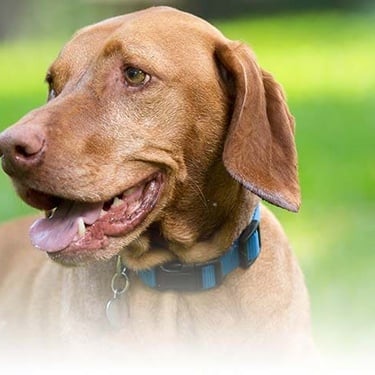
As small and toy breed dogs age, their nutritional needs change.

Learn how today's wet dog food blends have gotten a face lift, and how you'll provide your dog the nutrition he needs in the form he loves.
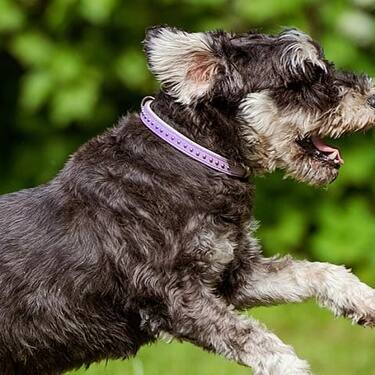
Extra pounds can cause problems for your dog's overall health. Learn the signs that your dog might be overweight, and what you can do to manage its weight.

Selecting the right food for your puppy is a key to quality nutrition and a long, healthy life., Learn more about how to select the right puppy food.
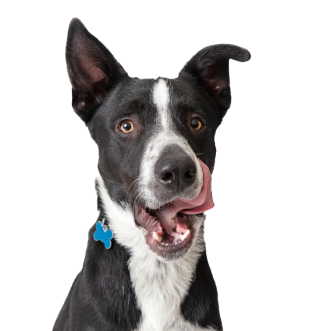
Put your dog on a diet without them knowing
Our low calorie formula helps you control your dog's weight. It's packed with high-quality protein for building lean muscles, and made with purposeful ingredients for a flavorful, nutritious meal. Clinically proven antioxidants, Vitamin C+E, help promote a healthy immune system.
Put your dog on a diet without them knowing
Our low calorie formula helps you control your dog's weight. It's packed with high-quality protein for building lean muscles, and made with purposeful ingredients for a flavorful, nutritious meal. Clinically proven antioxidants, Vitamin C+E, help promote a healthy immune system.

